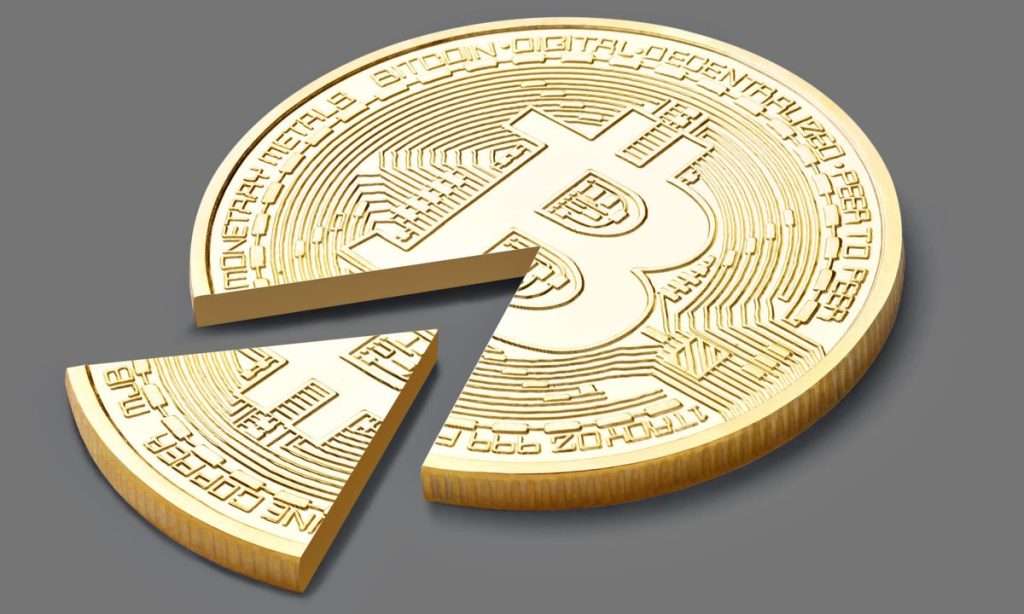Satoshi is the smallest unit of Bitcoin, named after the anonymous creator of the cryptocurrency, Satoshi Nakamoto. One Satoshi is equal to 0.00000001 BTC, making it the smallest unit of Bitcoin that can be transferred and accounted for on the blockchain.
The idea of using a unit smaller than one Bitcoin was introduced in 2010 by BitcoinTalk user “Ribuck,” who proposed the use of a “Satoshi” to honor Bitcoin’s creator. The term caught on, and today, it is widely used by the Bitcoin community.
Satoshi units are used primarily for measuring and accounting for very small amounts of Bitcoin, such as micropayments or fractions of a cent. For example, if you were to purchase a cup of coffee for $2.50, that would equate to approximately 217,391 Satoshis at the current Bitcoin price of $57,500 per coin.
Satoshi units are also used as a standard unit of measurement in some Bitcoin wallets and exchanges. This can be useful for users who want to avoid dealing with large decimal numbers when working with Bitcoin.
Another use case for Satoshis is in Bitcoin mining, where miners are rewarded in newly created Bitcoins for verifying transactions on the network. The reward for mining a single block on the Bitcoin network is currently 6.25 BTC, or 625,000,000 Satoshis. This reward is halved every 210,000 blocks, or approximately every four years, as part of Bitcoin’s deflationary monetary policy.
The value of Satoshis is directly tied to the value of Bitcoin, meaning that as the price of Bitcoin rises or falls, so too does the value of Satoshis. While Satoshis themselves may not hold much value individually, they can be a useful tool for understanding and transacting in Bitcoin, particularly when dealing with small amounts.
There are several ways to earn satoshis, the smallest unit of Bitcoin. Here are some of the most common ways:
Ways to earn satoshis
Mining: One of the original ways to earn satoshis was through Bitcoin mining, which involves using specialized hardware to solve complex mathematical problems in exchange for new Bitcoin. However, mining has become increasingly difficult and expensive and is not a practical way for most people to earn satoshis.
Faucets: Faucets are websites or apps that give away small amounts of Bitcoin or satoshis for completing simple tasks, such as watching ads or solving captchas. While the payouts are small, they can add up over time.
Microtasks: Similar to faucets, micro tasking platforms pay users in satoshis for completing small online tasks, such as filling out surveys or testing websites.
Trading: Another way to earn satoshis is through trading cryptocurrencies on exchanges. By buying low and selling high, traders can accumulate more satoshis over time.
Staking: Some cryptocurrencies, such as Ethereum and Cardano, allow users to earn rewards in the form of more coins or tokens for holding and “staking” their holdings. This can be a way to earn satoshis indirectly by earning rewards in other cryptocurrencies that can be exchanged for Bitcoin.
Affiliate programs: Many crypto companies offer affiliate programs that pay users in satoshis or other cryptocurrencies for promoting their products or services.
There are specific wallets that can hold satoshis. In fact, any Bitcoin wallet can hold satoshis since satoshis are the smallest unit of Bitcoin. Some popular Bitcoin wallets include:
Ledger Nano X: This hardware wallet allows users to securely store their satoshis offline and away from potential online threats. It is a popular choice for users who prioritize security.
Trezor: Another popular hardware wallet, Trezor offers a user-friendly interface and advanced security features to protect satoshis.
Electrum: This is a popular software wallet that supports multiple cryptocurrencies, including Bitcoin. Electrum allows users to store their satoshis on their desktop or mobile device.
Exodus: This is a user-friendly software wallet that supports multiple cryptocurrencies, including Bitcoin. It allows users to store their satoshis on their desktop or mobile device.
Coinbase: This is a popular online wallet that allows users to buy, sell, and store Bitcoin and other cryptocurrencies. Coinbase offers a user-friendly interface and advanced security features to protect satoshis.
When selecting a wallet to hold satoshis, it is important to choose one that is reputable and secure. Users should research the wallet provider and read reviews before entrusting their satoshis to any wallet. Additionally, users should always back up their wallet seed phrase in a secure location to prevent the loss of their satoshis in the event of a lost or stolen device.

Users can exchange their Satoshis for fiat on web-based platforms like DartAfrica which allows users to instantly exchange their crypto assets for fiat without any third-party interference or hidden charges whenever they want, DartAfrica aims to let users do what they want with their assets and have fiat instantly deposited to their local banks. Plans are currently in the works to expand the range of assets offered by DartAfrica to include a host of others. DartAfrica can be easily accessed by anyone with access to the internet whenever they need to, all that’s needed to be done is:
- Visit their website to register in just a few simple steps.
- Next, log in to your account and click “Security” to create a transaction pin for authorizing withdrawals.
- Click on “Account Details” to set up your local bank account.
- Click on “Sell Coins”, and select the coin you wish to deposit. Enter the USD amount (min $20).
- Click “Sell Now” and a barcode (and wallet address) is provided for you to deposit the equivalent amount you wish to sell. Once the deposit is complete, you can monitor your transaction in the “Trades” section and after 2 block confirmations, the equivalent fiat is deposited in your account. This can be viewed on your “Dashboard”.
- Click “Withdraw funds” and enter the amount you wish to withdraw to the already set up account in step 3. Your local bank is credited instantly with no hidden charges.
In conclusion, Satoshis are the smallest unit of Bitcoin and are used primarily for measuring and accounting for very small amounts of the cryptocurrency. They can be a useful tool for understanding and transacting in Bitcoin, particularly when dealing with small amounts, and are directly tied to the value of Bitcoin itself.



